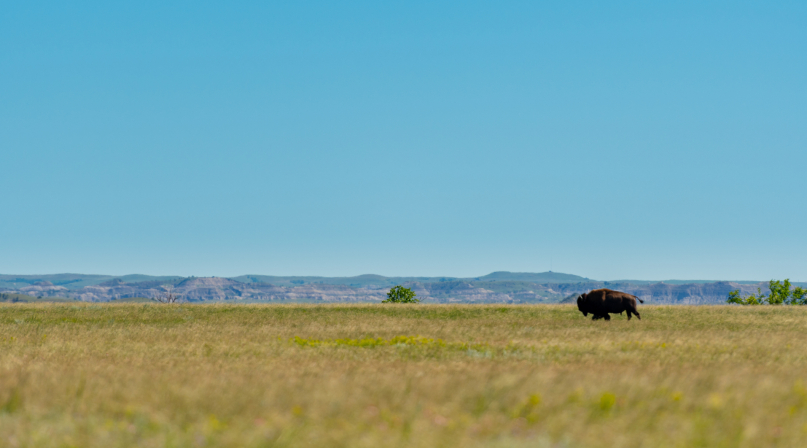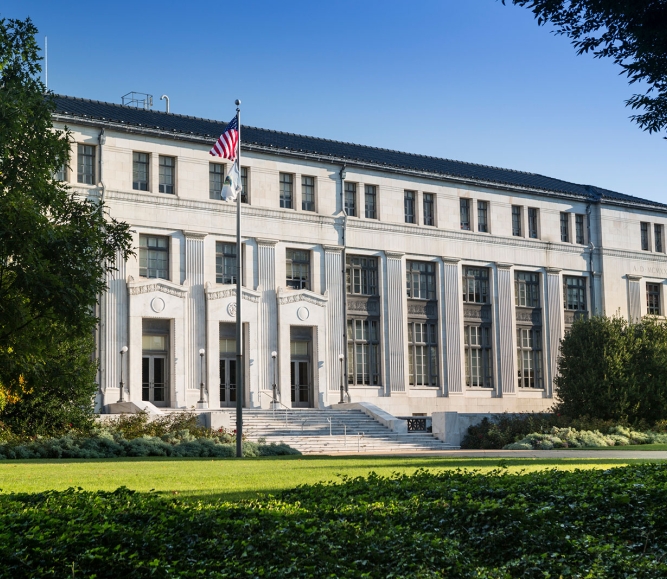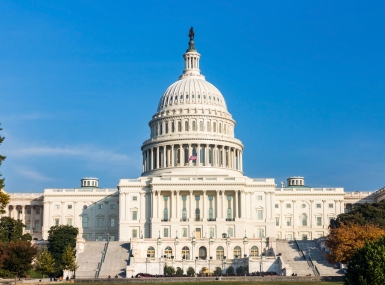House Natural Resources Committee advances the Endangered Species Act Amendments Act of 2025
Author

Zeke Lee

Joe Jackson
Upcoming Events
Related News

Key Takeaways
UPDATE: On December 17, the House Natural Resources Committee advanced the Endangered Species Act (ESA) Amendments Act of 2025 (H.R. 1897). The version passed by the committee adopted several changes from the initial bill and would address key county concerns by improving the implementation of the ESA. The legislation now awaits a floor vote before the whole U.S. House of Representatives.
On March 6, House Natural Resources Committee Chairman Bruce Westerman (R-Ark.) introduced the Endangered Species Act Amendments Act of 2025 (H.R. 1897), which makes several important changes to the Endangered Species Act (ESA) and addresses key county concerns. The Water, Wildlife and Fisheries Subcommittee held a legislative hearing which included H.R. 1897 on March 25.
What does the bill change about the ESA?
The legislation makes impactful changes to the ESA, including:
- Amends the definition of “best scientific and commercial data available” to include data submitted by county, state or tribal governments
- Allows states to develop and submit recovery strategies for species that are candidates for listing or currently listed
- Replicates on private lands language from the Sikes Act, which provides additional regulatory certainty that critical habitat will not be designated if a landowner is working to implement a species conservation strategy
- Creates additional transparency during the listing process by requiring analysis of the economic and national security impacts of all species listing and critical habitat designation
- Places a cap on attorney’s fees that can be awarded in successful litigation in line with other legislation
- Restores Congressional intent by clarifying that federal agencies do not have the ability to create regulations based on the potential of impacting species
What are the potential impacts for counties?
The bill’s broad changes to the ESA will address key county concerns, including:
- Requiring impact assessments to ensure that listing decisions are made with a comprehensive understanding of the local context
- Encouraging state-led recovery strategies to allow for conservation strategies tailored to particular state and local characteristics and challenges
- Greater recognition when submitting data related to planned species and habitat designations, reinforcing the intergovernmental partnership between federal, state and local officials
NACo will continue to provide periodic updates as this vital legislation advances.
Advocacy
NACo files comments supporting new Endangered Species Act implementation rules
On February 5, NACo submitted comments in response to the U.S. Fish and Wildlife Service’s final regulations on interagency cooperation under the Endangered Species Act.

Related News

U.S. House of Representatives passes SPEED Act and other permitting reform bills
On December 18, the U.S. House of Representatives passed the SPEED Act (H.R. 4776). The SPEED Act would strengthen county involvement in decision-making and make needed commonsense reforms to the federal environmental review process.

Senators introduce bipartisan UPGRADE Act to support small and rural public water systems
On December 15, Sens. Lisa Blunt Rochester (D-Del.) and Roger Wicker (R-Miss.) introduced the Unincorporated Partnerships for Grant Resources, Assistance, and Drinking Water Enhancements (UPGRADE) Act (S. 3465), a bipartisan bill that would strengthen federal support for small public water systems and helps unincorporated communities access clean and affordable water.

County Countdown – Dec. 15, 2025
Every other week, NACo's County Countdown reviews top federal policy advocacy items with an eye towards counties and the intergovernmental partnership.